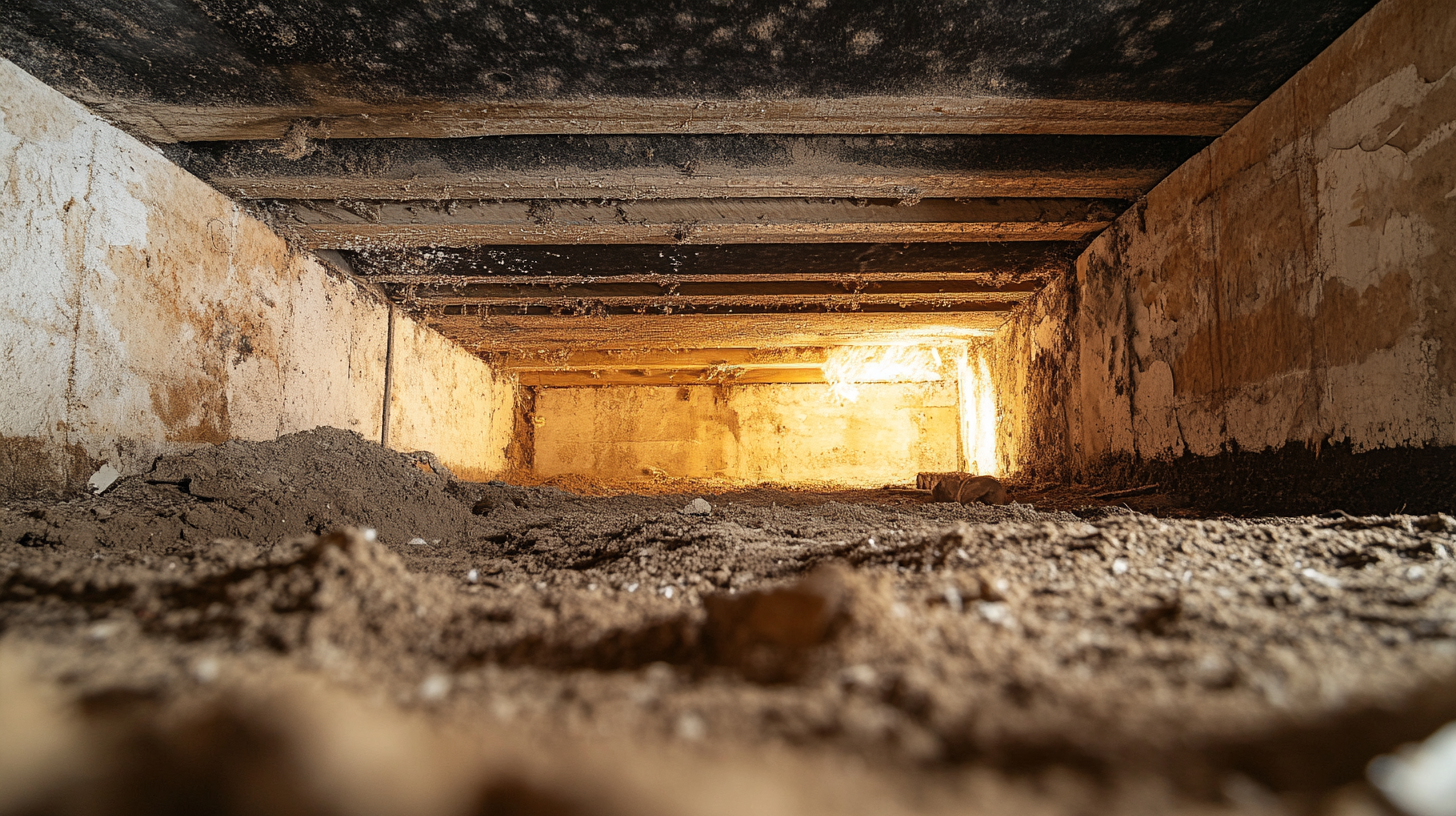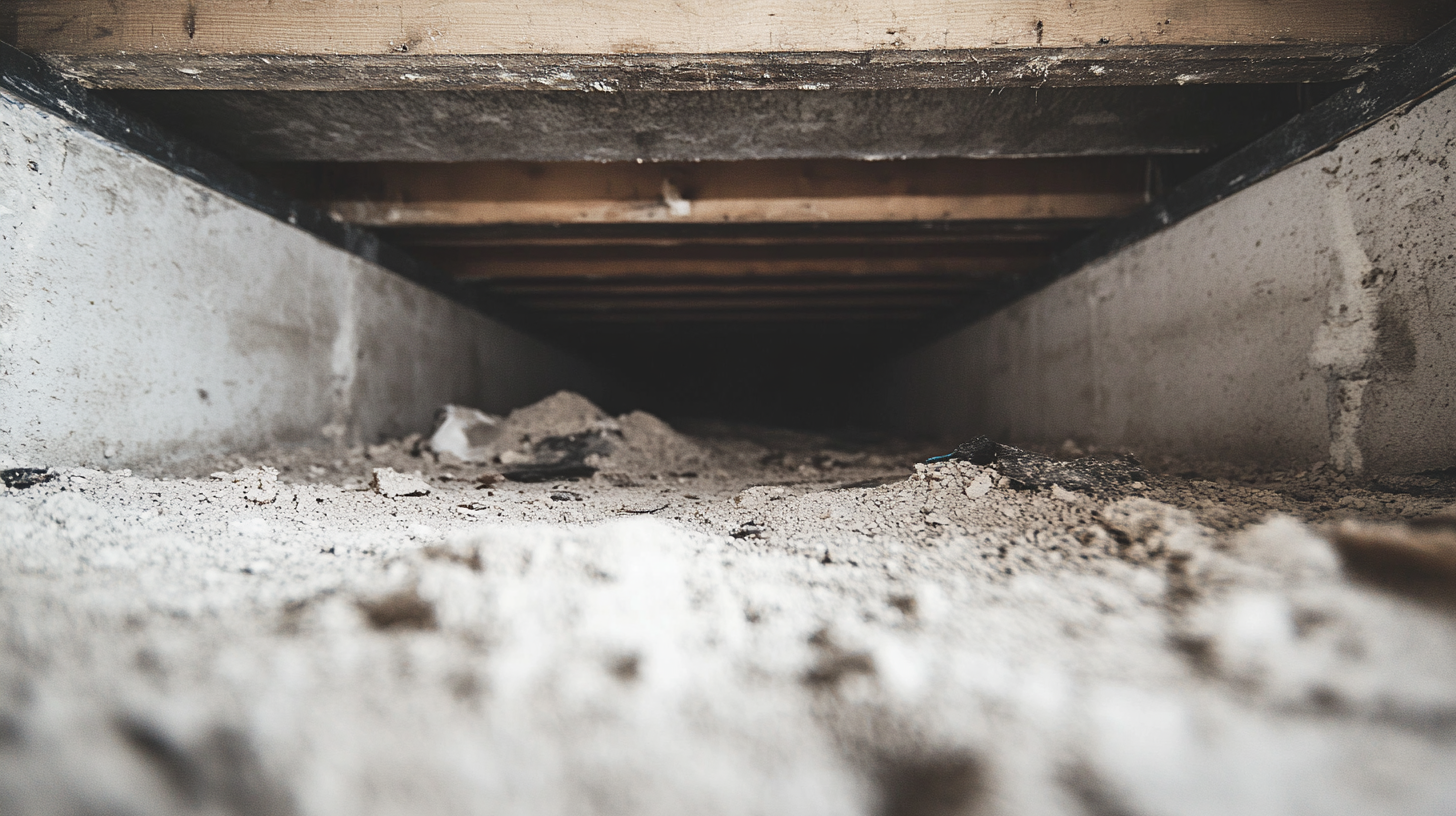Commercial Soot Removal: Best Practices for Businesses

In the heart of bustling commercial environments, where productivity and safety are paramount, the presence of soot poses unique challenges and underscores the critical importance of effective soot removal strategies. Soot, a fine particulate matter resulting from incomplete combustion of organic materials, can insidiously accumulate in commercial settings, from office buildings and warehouses to restaurants and manufacturing facilities. This seemingly innocuous byproduct of everyday operations harbors potential risks that extend beyond mere aesthetic concerns, impacting indoor air quality, employee health, and the longevity of equipment and infrastructure.
The challenges of soot removal in these settings are multifaceted. Commercial spaces often encompass larger areas and more complex ventilation systems than residential environments, complicating the task of soot detection and eradication. Moreover, the diversity of activities conducted in commercial spaces—from cooking and manufacturing to heating and vehicular operations—can contribute to varied sources of soot production, each requiring tailored approaches for effective management.
Recognizing the importance of soot removal in commercial settings is crucial for maintaining a healthy, safe, and productive environment. Not only does soot accumulation pose significant health risks, potentially exacerbating respiratory conditions and impacting overall employee well-being, but it also can interfere with the operation of sensitive equipment and machinery, leading to costly repairs and downtime. Furthermore, in an era where environmental responsibility is increasingly prioritized, managing soot emissions reflects a commitment to sustainability and can enhance a company's reputation among consumers and stakeholders alike.
This blog post aims to delve into the intricacies of soot removal in commercial settings, exploring the challenges faced by businesses in keeping their environments clean and safe, and highlighting the critical importance of adopting effective soot management practices. By understanding the sources of soot, its impacts on health and operations, and the strategies for its removal, commercial entities can take proactive steps to safeguard their employees, customers, and assets, ensuring the longevity and success of their operations in today's competitive landscape.
Understanding the Complexity of Commercial Soot Removal
The task of soot removal in commercial spaces is a complex challenge that requires a nuanced understanding of its sources, types, and the implications it holds for businesses. Unlike residential settings, commercial environments are diverse in function and scale, ranging from small retail spaces to large manufacturing facilities, each contributing uniquely to the soot accumulation problem. This section delves into the common sources and types of soot found in commercial spaces and explores the multifaceted impact soot accumulation can have on business operations, property value, and customer perception.
Sources and Types of Soot in Commercial Spaces
Soot in commercial settings can originate from a variety of sources, each producing different types of soot with distinct removal challenges:
- Kitchens and Food Preparation Areas: Cooking processes, especially those involving high heat and organic materials like oils and fats, can generate soot. This type of soot is often greasy and sticky, adhering to surfaces and requiring specialized cleaning solutions.
- Manufacturing Processes: Industries that involve combustion, such as metalworking, chemical production, and energy generation, can produce soot. This soot may contain metals, chemicals, and other hazardous materials, posing additional risks and removal challenges.
- Heating Systems: Commercial buildings rely on large-scale heating systems that, if not properly maintained, can produce soot. This soot can spread through HVAC systems, affecting large areas quickly.
- Vehicular Traffic: In urban settings or near loading docks, soot from diesel exhaust can enter buildings, contributing to indoor soot levels. This type of soot is fine and pervasive, easily spreading through air currents.
Understanding the specific sources and types of soot present in a commercial environment is crucial for effective removal and prevention strategies.
The Business Implications of Soot Accumulation
The accumulation of soot in commercial spaces can have far-reaching implications for businesses, affecting not only the physical premises but also operational efficiency, legal compliance, and brand perception:
- Operational Efficiency: Soot buildup on machinery and equipment can lead to inefficiencies, increased maintenance costs, and the potential for costly downtime. In settings like kitchens, it can also pose fire hazards, necessitating rigorous cleaning protocols.
- Property Value: Persistent soot accumulation can damage building materials and interiors, leading to costly repairs and negatively impacting property value. For leased spaces, this can result in disputes with property owners and impact lease renewals.
- Customer Perception: The visible presence of soot can significantly affect customer perception, especially in industries where cleanliness is paramount, such as hospitality and retail. It can signal neglect and deter customers, affecting revenue and brand reputation.
- Health and Safety Compliance: Businesses are legally required to maintain safe working environments. Soot accumulation can compromise air quality, potentially leading to health issues for employees and conflicts with occupational health and safety regulations.
Addressing the complexity of commercial soot removal is not just about maintaining cleanliness; it's about safeguarding the health of employees and customers, ensuring operational efficiency, and protecting the business's bottom line. By recognizing the sources of soot and understanding its implications, businesses can implement targeted strategies for prevention and removal, maintaining a clean, safe, and welcoming environment for all.
Assessing Soot Damage in Commercial Properties
Soot damage in commercial properties can be insidious, gradually affecting the integrity of structures, equipment, and the health of the environment. Assessing the extent of this damage is a critical first step in formulating an effective cleanup and restoration plan. This section provides guidelines for conducting a comprehensive soot assessment and underscores the importance of meticulous documentation and record-keeping for insurance and restoration purposes.
Conducting a Comprehensive Soot Assessment
A thorough assessment of soot damage in commercial spaces involves several key steps to ensure that all affected areas are identified and appropriately addressed:
- Visual Inspection: Begin with a visual inspection of all areas, noting the extent of soot deposition on surfaces, equipment, and ventilation systems. This initial step helps in mapping out the affected zones and planning the cleanup process.
- Professional Evaluation: Engage environmental health professionals or industrial hygienists to conduct air quality tests and surface sampling. These experts can assess the soot's chemical composition, which is crucial for determining the appropriate cleaning methods and safety precautions.
- Structural Assessment: Consult with structural engineers if there's a possibility that soot has penetrated building materials or compromised structural integrity. This is particularly important for older buildings where soot may exacerbate existing vulnerabilities.
- Equipment and Inventory Check: Assess the impact of soot on machinery, equipment, and inventory. Soot can cause corrosion, electrical malfunctions, and other damages that may not be immediately visible.
- Health and Safety Review: Consider the potential health impacts of soot exposure on employees and customers. This may involve reviewing safety data sheets (SDS) for chemicals involved in the soot and planning for any necessary health monitoring or interventions.
Documentation and Record-Keeping
Documenting the extent and impact of soot damage is crucial for several reasons, including insurance claims, legal protection, and guiding the restoration process:
- Photographic Evidence: Take comprehensive photographs of all affected areas and items. Before and after photos can be particularly useful in demonstrating the damage and the effectiveness of cleanup efforts.
- Detailed Records: Maintain detailed records of the assessment findings, including the date of inspection, areas inspected, the extent of damage, and any professional evaluations conducted. This documentation should also include a record of conversations with insurance representatives and restoration professionals.
- Insurance Claims: Detailed documentation is essential for filing insurance claims. It provides evidence of the damage and supports claims for restoration costs. Ensure that all communications with insurance companies are recorded and that claim forms are accurately and thoroughly completed.
- Restoration Planning: Use the assessment and documentation as a basis for planning restoration efforts. This includes prioritizing areas for cleanup, selecting appropriate cleaning and restoration services, and scheduling the work to minimize business disruption.
Assessing soot damage in commercial properties with thoroughness and precision is essential for effective restoration and recovery. By conducting comprehensive assessments and maintaining meticulous records, businesses can navigate the challenges of soot damage more effectively, ensuring a safer, cleaner, and more resilient commercial environment.
Best Practices for Soot Removal in Commercial Settings
Soot removal in commercial environments presents unique challenges, requiring a careful approach to ensure the safety of personnel and the protection of property and equipment. Implementing best practices for soot removal is essential for efficiently restoring the cleanliness and functionality of commercial spaces while minimizing health risks and potential damage. This section outlines essential safety measures and precautions, provides a step-by-step guide for effective soot removal techniques, and discusses special considerations for sensitive areas within commercial properties.
Safety Measures and Precautions
Before embarking on soot removal, prioritizing safety is paramount. Here are essential safety protocols and gear for soot removal in commercial environments:
- Personal Protective Equipment (PPE): Ensure that all personnel involved in soot removal wear appropriate PPE, including N95 respirators, gloves, goggles, and disposable coveralls. This equipment protects against inhaling soot particles and skin contact.
- Ventilation: Improve ventilation in the affected area to reduce the concentration of airborne soot particles. Use fans and open windows where possible, and consider air scrubbers with HEPA filters to clean the air.
- Electrical Safety: Turn off power to the affected area to prevent electrical hazards, especially if water or cleaning solutions will be used near electrical equipment.
- Hazardous Material Handling: Be aware that soot can contain hazardous substances. Treat all soot as potentially toxic and follow appropriate waste disposal guidelines.
Effective Soot Removal Techniques
Removing soot efficiently requires a systematic approach tailored to the surfaces and equipment affected. Follow this step-by-step guide for effective soot removal:
- Assessment: Begin with a thorough assessment to identify all affected areas. This will help in prioritizing cleaning efforts and selecting appropriate cleaning methods.
- Dry Soot Removal: Start by removing loose soot particles without water, using a vacuum cleaner with a HEPA filter. Avoid using standard vacuums, as they can spread soot particles into the air.
- Surface Cleaning: Clean hard surfaces with a mild detergent solution or a specialized soot remover. For painted surfaces and wallpapers, test cleaning solutions on a small area first to avoid damage.
- Deep Cleaning: Carpets, upholstery, and fabrics may require deep cleaning with steam cleaning or professional services to remove soot completely.
- HVAC System Cleaning: Have the HVAC system, including ductwork, professionally cleaned to prevent the recirculation of soot particles.
Special Considerations for Sensitive Areas
Commercial properties often contain sensitive areas, such as data centers, laboratories, and areas storing delicate products. Here are additional precautions and methods for soot removal in these spaces:
- Consult Professionals: Engage specialists for cleaning sensitive equipment and electronics. They can use techniques like dry ice blasting, which is effective for soot removal without introducing moisture.
- Protective Barriers: Use plastic sheeting to isolate sensitive areas during the cleaning process, preventing the spread of soot and cleaning agents.
- Air Quality Monitoring: Continuously monitor air quality in sensitive areas to ensure that soot and chemical levels are within safe limits before resuming normal operations.
Implementing these best practices for soot removal in commercial settings can help ensure that the process is conducted safely and effectively, minimizing the impact on business operations and ensuring the well-being of employees and customers.
Tools and Equipment for Commercial Soot Removal
The effectiveness of soot removal in commercial settings hinges significantly on the tools, equipment, and cleaning agents employed. Given the scale and complexity of commercial environments, from office buildings and retail spaces to manufacturing plants and warehouses, selecting the right cleaning arsenal is crucial. This section details the essential cleaning tools and supplies necessary for effective commercial soot removal and introduces advanced cleaning technologies that can tackle large-scale or complex soot removal tasks with efficiency and precision.
Essential Cleaning Tools and Supplies
A comprehensive toolkit is foundational for tackling soot removal in commercial spaces. Here’s a list of necessary tools, equipment, and cleaning agents:
- HEPA Vacuums: High-Efficiency Particulate Air (HEPA) vacuums are indispensable for removing fine soot particles from surfaces and air. Unlike regular vacuums, HEPA vacuums prevent soot from being redistributed.
- Dry Cleaning Sponges: Also known as chemical sponges, these are used for dry soot removal from walls, ceilings, and other surfaces without smearing.
- Microfiber Cloths: Ideal for wiping down surfaces after soot has been loosened, microfiber cloths trap soot particles effectively.
- Professional-Grade Detergents: Specialized soot removal detergents and degreasers designed for commercial use can break down soot residues for easier cleaning.
- Protective Gear: Safety goggles, gloves, respirators, and disposable coveralls protect cleaning personnel from soot and chemical exposure.
- Air Scrubbers: These devices, equipped with HEPA filters, clean the air of soot particles and other contaminants, improving indoor air quality during and after the cleaning process.
Advanced Cleaning Technologies
For large-scale or particularly challenging commercial soot removal tasks, advanced cleaning technologies offer enhanced efficiency and effectiveness:
- Dry Ice Blasting: This technology uses dry ice pellets propelled at high speeds to clean surfaces. It’s particularly effective for removing soot from machinery and electrical equipment without water or chemicals, minimizing downtime.
- Ultrasonic Cleaning: Ultrasonic cleaners use high-frequency sound waves to clean intricate and delicate items, including electronics and detailed architectural features, by removing soot and other contaminants.
- Thermal Foggers: After physical soot removal, thermal foggers can be used to neutralize odors. They work by emitting a fog of deodorizing compounds that penetrate surfaces, effectively eliminating soot odors.
- Ozone Generators: These devices are used in unoccupied spaces to break down soot particles and neutralize odors at the molecular level, providing a deep clean of the air in commercial environments.
Incorporating these tools and technologies into the soot removal process can significantly enhance the efficiency and thoroughness of cleaning efforts in commercial settings. By choosing the appropriate equipment and cleaning agents for the specific challenges presented by soot accumulation, businesses can ensure a cleaner, safer, and more welcoming environment for employees and customers alike.
Partnering with Professional Soot Removal Services
The aftermath of soot accumulation in commercial settings can be daunting, often exceeding the capabilities of regular maintenance staff and requiring specialized knowledge, equipment, and techniques for effective remediation. Partnering with professional soot removal services becomes not just a matter of convenience but a necessity for ensuring the health and safety of the environment, as well as the swift resumption of business operations. This section explores scenarios that necessitate the expertise of professional cleaning services and provides guidance on selecting the right service provider for your business.
When to Hire Professional Cleaning Services
Recognizing the situations that warrant professional intervention is crucial for timely and effective soot removal. Here are scenarios where businesses should consider enlisting professional cleaning services:
- Extensive Soot Accumulation: When soot covers a significant portion of the premises, especially in hard-to-reach areas like high ceilings and ventilation systems, professional services are essential.
- Sensitive Environments: Businesses that operate in environments sensitive to contaminants, such as food processing plants, healthcare facilities, and manufacturing units with precision equipment, require the expertise of specialists to ensure thorough cleaning without compromising safety or operational integrity.
- Post-Fire Cleanup: Following a fire, soot removal is part of a broader restoration effort that may involve structural repairs, odor neutralization, and water damage remediation, necessitating a comprehensive approach that professional services can provide.
- Health and Safety Concerns: If there's a risk that soot contains hazardous materials or if the cleanup process could expose staff to health risks, professional cleaners equipped with the necessary protective gear and disposal methods should be engaged.
Selecting the Right Service Provider
Choosing a professional soot removal company is a decision that impacts not only the effectiveness of the cleanup but also the safety of your premises and the well-being of its occupants. Consider these key factors to ensure you select the right service provider:
- Experience and Expertise: Look for companies with a proven track record in soot removal, particularly those with experience in your industry or type of commercial setting.
- Certifications and Training: Ensure the service provider has staff with relevant certifications from recognized industry organizations, indicating they are trained in the latest soot removal techniques and safety protocols.
- Equipment and Techniques: Inquire about the types of equipment and cleaning agents used. The company should employ advanced technologies and non-toxic cleaning solutions whenever possible.
- Insurance and Liability: Verify that the cleaning service is fully insured, providing coverage for any damages or issues that may arise during the cleaning process.
- References and Reviews: Request references from past clients, especially those with similar soot removal needs, and check online reviews to gauge the company’s reliability and customer satisfaction.
Partnering with the right professional soot removal service ensures that your commercial space is restored to a clean, safe, and operational state as efficiently as possible. By carefully evaluating potential service providers against these criteria, businesses can make an informed choice that aligns with their specific needs and circumstances.
FAQs
Contact Fast Response Cleaning & Restoration Today!
Fast Response Cleaning & Restoration will do everything we can to ensure your experience with us is excellent.
Request A FREE Estimate
Request A FREE Estimate Form
CHECKOUT RECENT POST



Have an Emergency? We're Here to Help!
When it comes to disaster cleanup, we are a seasoned veteran in the industry and have helped hundreds of property owners just like you.
Our disaster recovery teams are available 24-7 to quickly clean up and repair disasters of all types.
